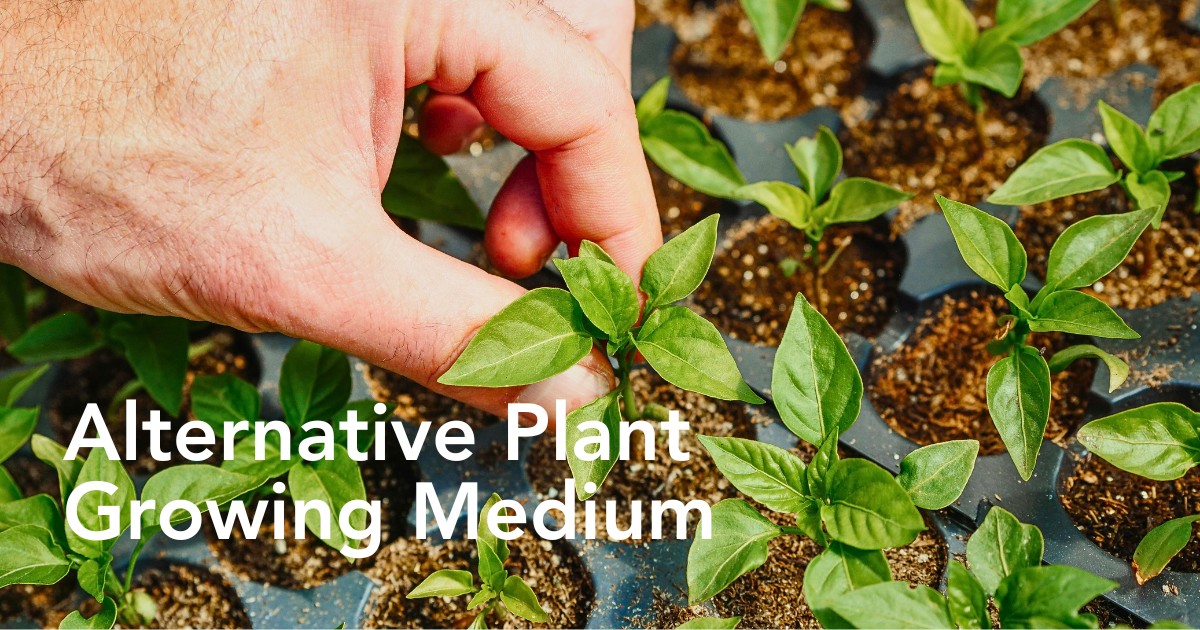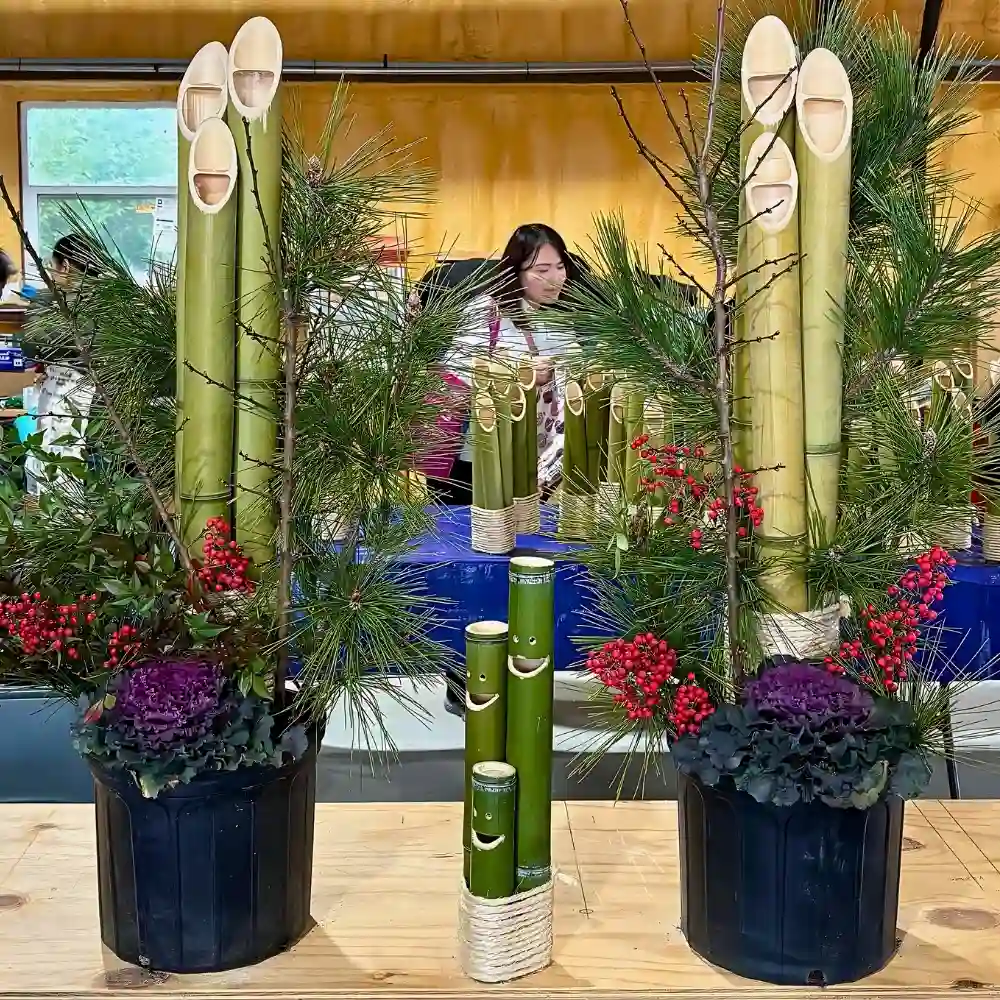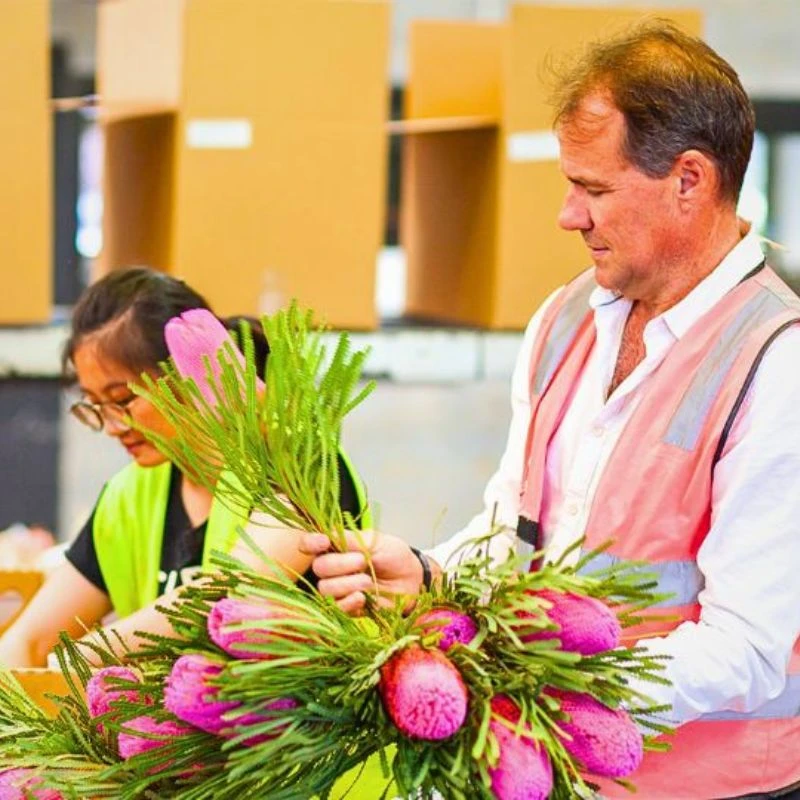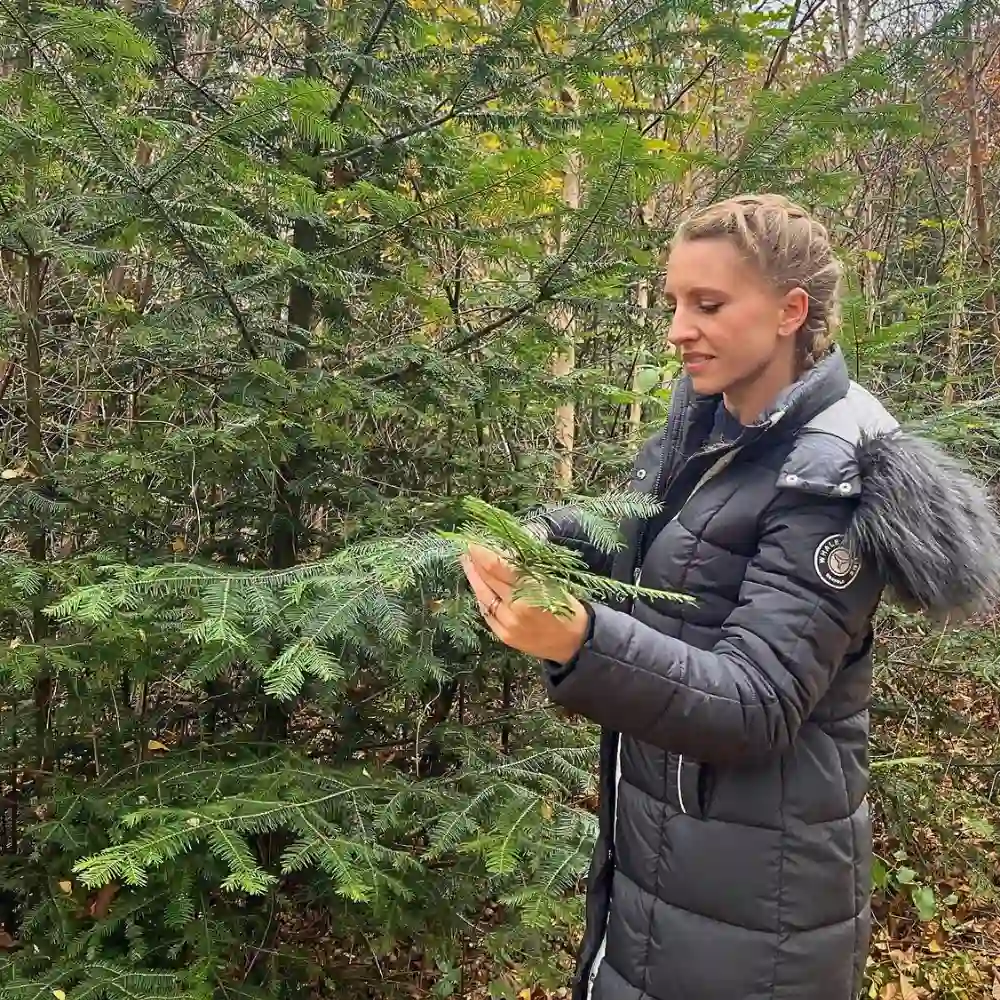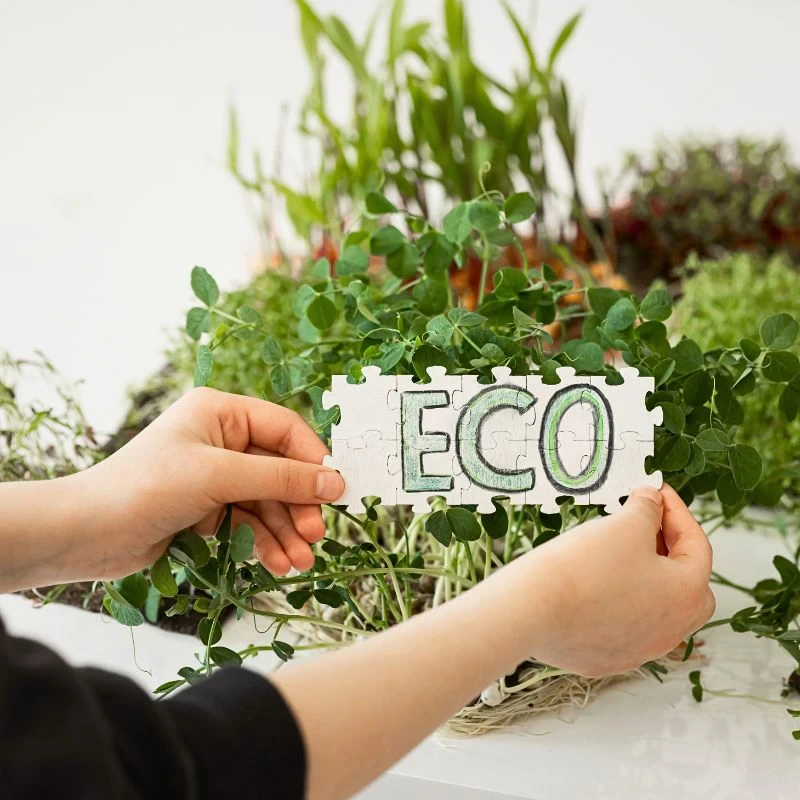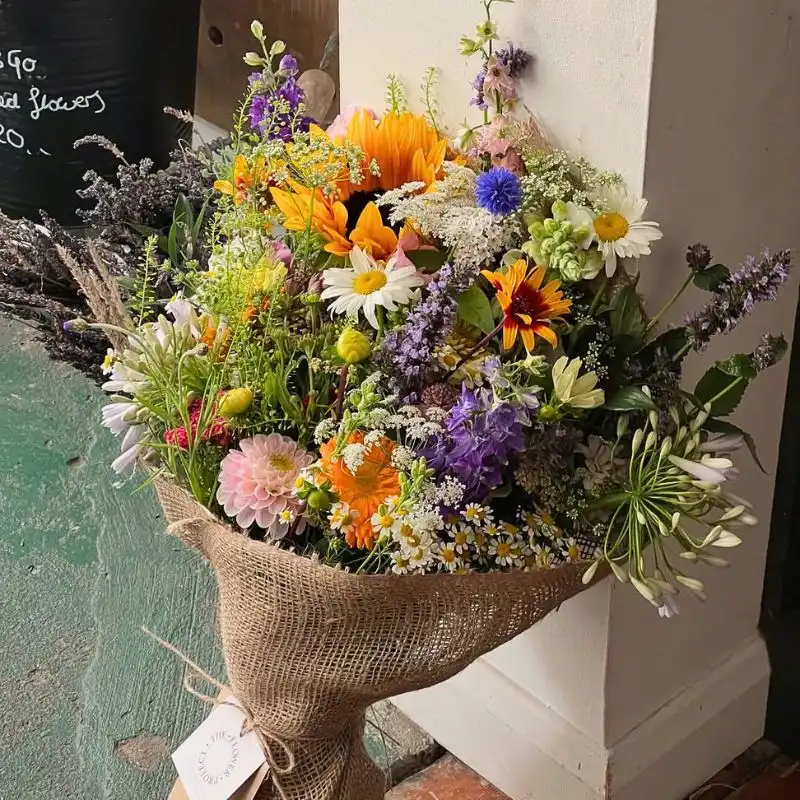Peat, the dark-brown, spongy material so much loved for gardening, is formed over thousands of years through the partial decomposition of plant matter in waterlogged wetland areas. It builds up slowly under low-oxygen conditions, creating a carbon-rich substrate unique to peatland ecosystems. In plant and flower cultivation, it is valued for its exceptional properties as a growing medium and soil conditioner.
This medium is lightweight and fluffy, allowing improved water retention, up to 20 times its own weight, while also enhancing soil aeration and drainage, which is essential for healthy root development. Peat's natural acidity and cation exchange capacity help regulate pH and nutrient availability, making it highly adaptable to a wide range of plants, from ornamentals to vegetable crops.
Environmental Case Against Peat Extraction
Peat has been a staple in gardening and commercial flower production for years, loved for being free of weeds and pathogens. However, despite its benefits, peat's slow natural regeneration and the environmental costs of its extraction have raised sustainability concerns, prompting the search for alternative growing media.

Peatlands, covering about 3% of the earth's surface, are globally important carbon sinks, storing vast amounts of carbon accumulated over thousands of years, which are irreversibly released as carbon dioxide when peat is extracted and the bogs are drained and oxidized. This destruction results in carbon emissions contributing significantly to climate change.
Research shows that peat extraction in the UK alone has released upwards of 31 million tons of CO2 since 1990 and has also resulted in the irreversible loss of unique habitats that support diverse wildlife. Peatland ecosystems regenerate at an exceedingly slow pace of only a few millimeters per year, making the resource effectively non-renewable on a human timescale.
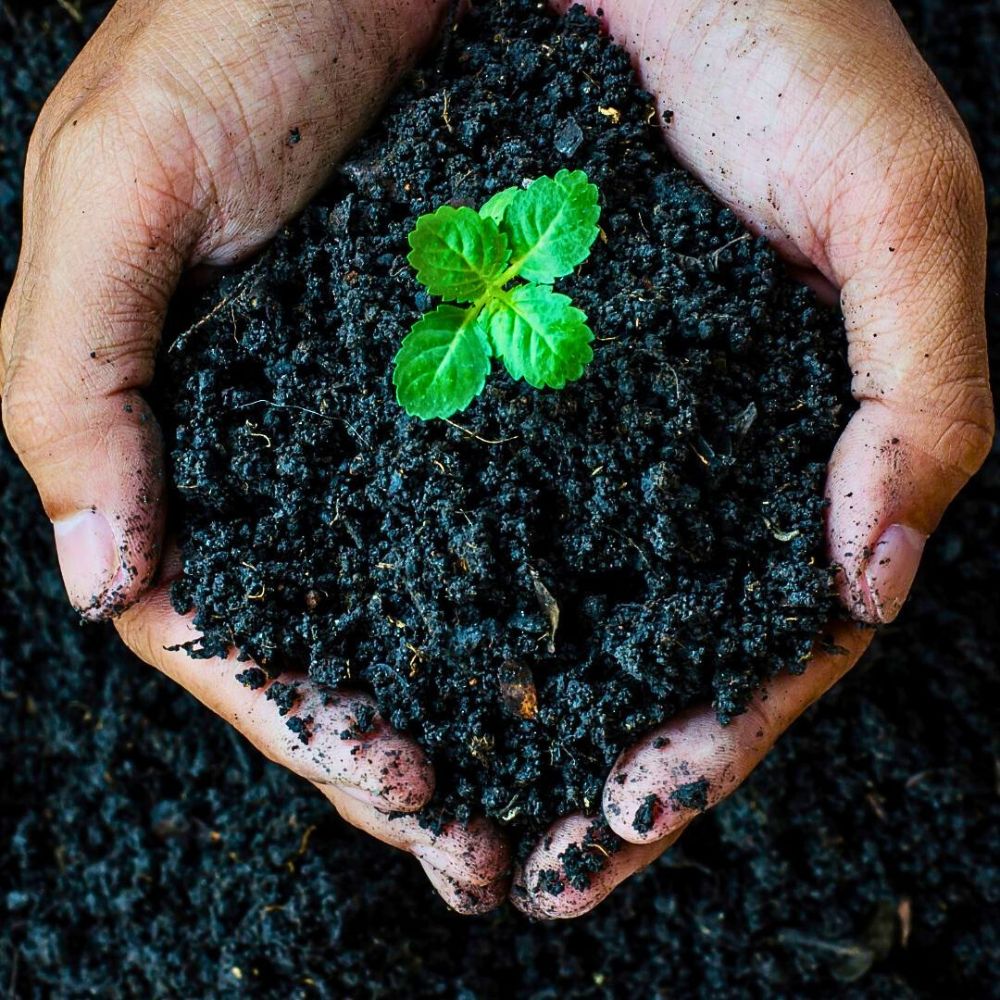
The scale of peat use is considerable, with millions of cubic meters extracted annually for gardening and flower production, predominantly from raised bogs whose mechanized removal causes substantial ecological degradation, including lowered water tables that harm surrounding bog areas. Peat decomposition during use releases additional greenhouse gases, compounding its climate impact.
Regulatory frameworks, especially in the UK and EU, are increasingly targeting reductions in peat use, while market and consumer demands are prompting the floriculture sector to seek sustainable, peat-free alternatives that minimize environmental harm without compromising plant growth and quality.
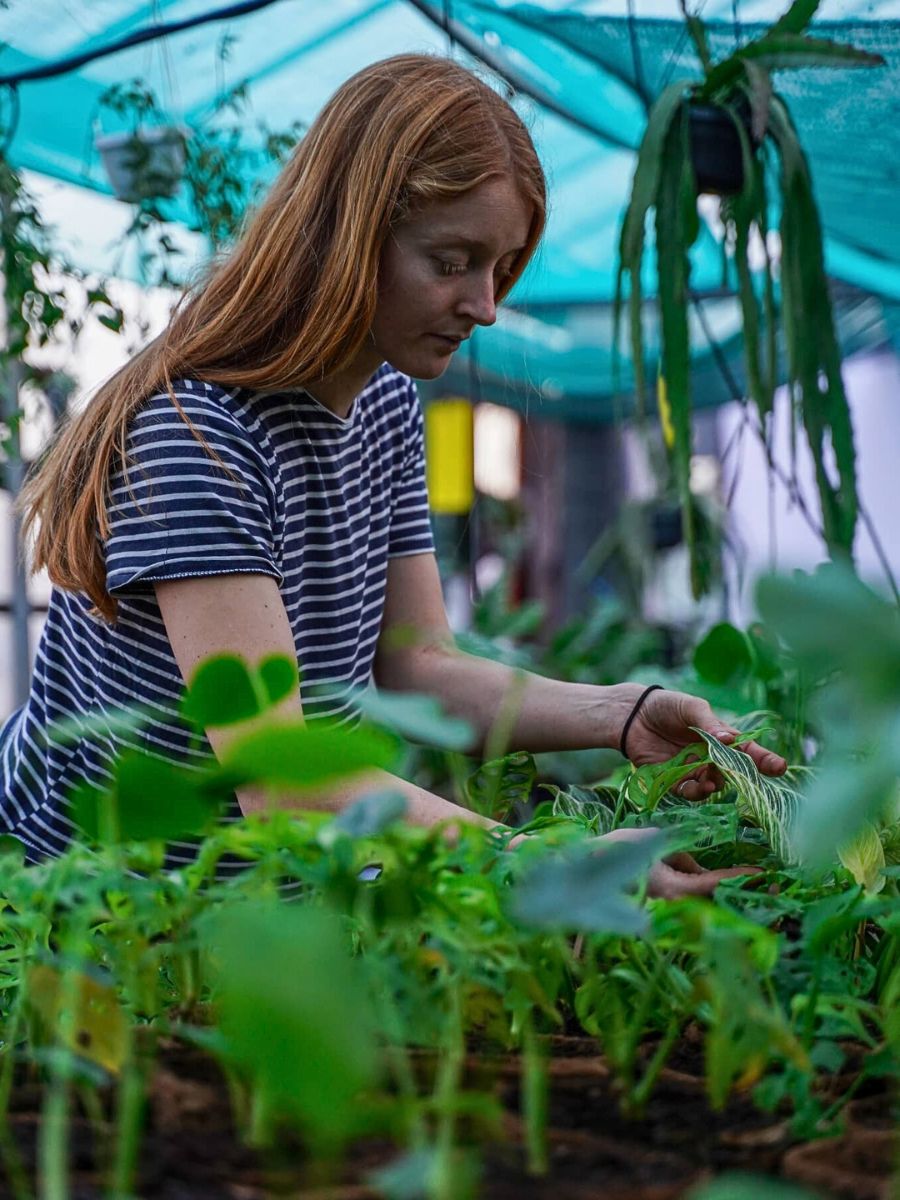
What Can We Use for Gardening and Flower Cultivation Instead of Peat?
Several sustainable materials can be used for gardening and flower cultivation instead of peat, either alone or in blends. Common and effective alternatives include:
- Coconut Coir: A highly popular and widely available alternative made from shredded coconut husks, which are a byproduct of the coconut industry. Coir offers excellent water retention and aeration, is pH-neutral, and decomposes slowly, making it a long-lasting material.
- Composted Bark and Wood Fibre: Byproducts of the timber industry, these materials provide an open, stable structure and good drainage. They are often used as the main components in commercial peat-free potting mixes and are particularly suitable for long-term container planting.
- Green Waste Compost: Produced from recycled garden and food waste, this option is nutrient-rich and often sourced locally. The quality can vary, so look for products that meet quality standards like PAS 100 to ensure consistency and a lack of contaminants.

- Leaf Mould: Made from decomposed leaves, it is an excellent, low-cost soil conditioner that you can make at home.
- Biochar: This charcoal-like material is produced from heating biomass in the absence of oxygen. It improves soil structure, enhances water and nutrient retention, and can help sequester carbon in the soil over the long term.
- Sustainably Farmed Sphagnum Moss: Unlike peat moss, it is harvested in a way that allows the moss to regenerate. It has properties similar to those of peat and performs well in specialist mixes, such as those for carnivorous plants.
- Other Materials: Additional options include bracken, waste sheep's wool, rice hulls, and inorganic materials like perlite or vermiculite, which are typically mixed with organic alternatives to improve drainage and aeration.
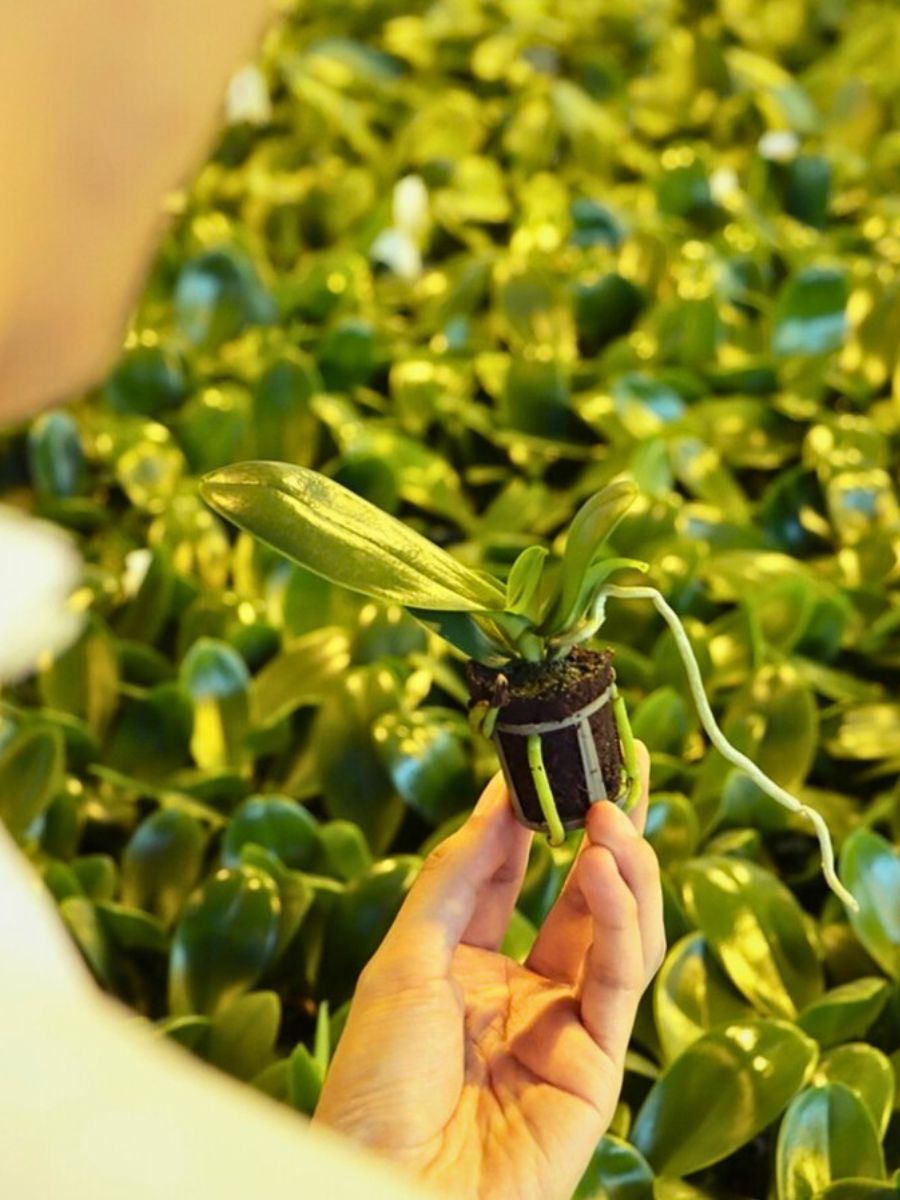
These materials vary in physical and chemical properties; for example, coir tends to be more acidic and higher in salt content than peat, while wood fibers have lower water retention but excellent drainage. The sustainability credentials hinge on sourcing as local by-products reduce transportation emissions, whereas coir's global shipping footprint raises concerns.
Sustainable certifications and careful processing ensure alternatives do not introduce pests or contaminants. Often, growers blend several substrates to emulate peat's balance of water-holding capacity, aeration, and nutrient availability.

Peat’s Performance Against Other Materials
Switching from peat to alternatives requires technical adjustments. Peat has a unique ability to hold water and nutrients while maintaining aeration, a quality many alternatives struggle to match. Differences in water retention require recalibrating irrigation schedules to avoid under- or over-watering.
Nutrient availability can fluctuate as composted and organic alternatives break down at different rates, requiring tailored fertilization regimes. The pH levels of some other options, such as coir, may need correction for optimal plant growth. Disease suppression also varies, with some materials promoting beneficial micro-biomes that reduce pathogens, while others may be more inert.
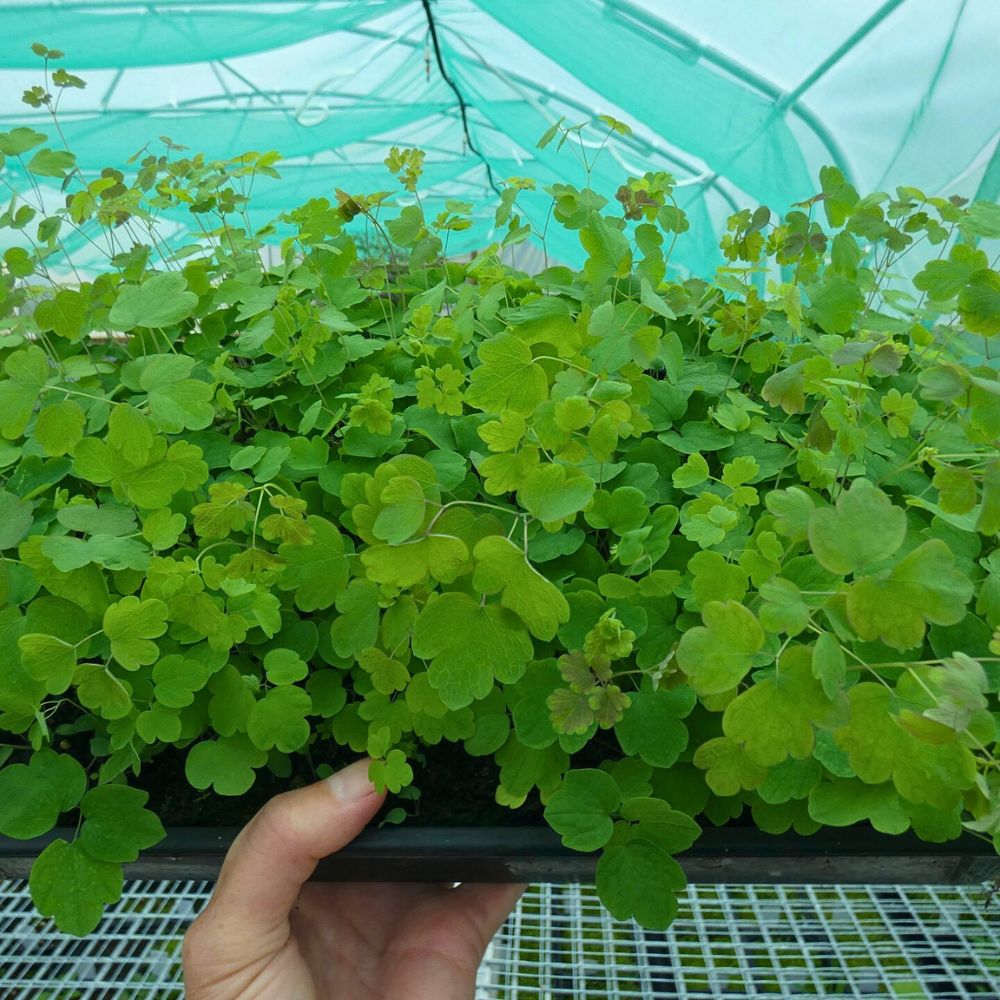
These factors create a learning curve, especially for commercial flower growers adjusting to long-established peat-based protocols, but advances in growing media blends and grower education are smoothing the transition.
Protecting Peatlands and the Natural Environment
Peat remains cost-competitive primarily due to established supply chains and abundant historic availability. However, regulatory changes and voluntary sector commitments, particularly in the UK and EU, are swiftly shifting the market. The UK government, for example, announced a planned ban on the use of peat in horticulture in 2024, for retail consumers, specifically targeting amateur gardeners, to protect peatlands and the natural environment.

This ban was set to cover the sale of bagged peat composts and aimed to protect England’s peatlands by significantly reducing their extraction and use in the retail sector. However, the ban did not fully extend to the professional floriculture sector. For professional growers, peat usage was permitted with some exemptions until at least 2027 or 2030, as the government continues to work with the industry to support a phased transition.
Alternative substrates often come with higher raw material costs or supply instability since some, like coir, depend on international sourcing, while others face competing demand from other industries. Nonetheless, the environmental and brand value of peat-free products is increasingly motivating growers to invest in sustainable media.
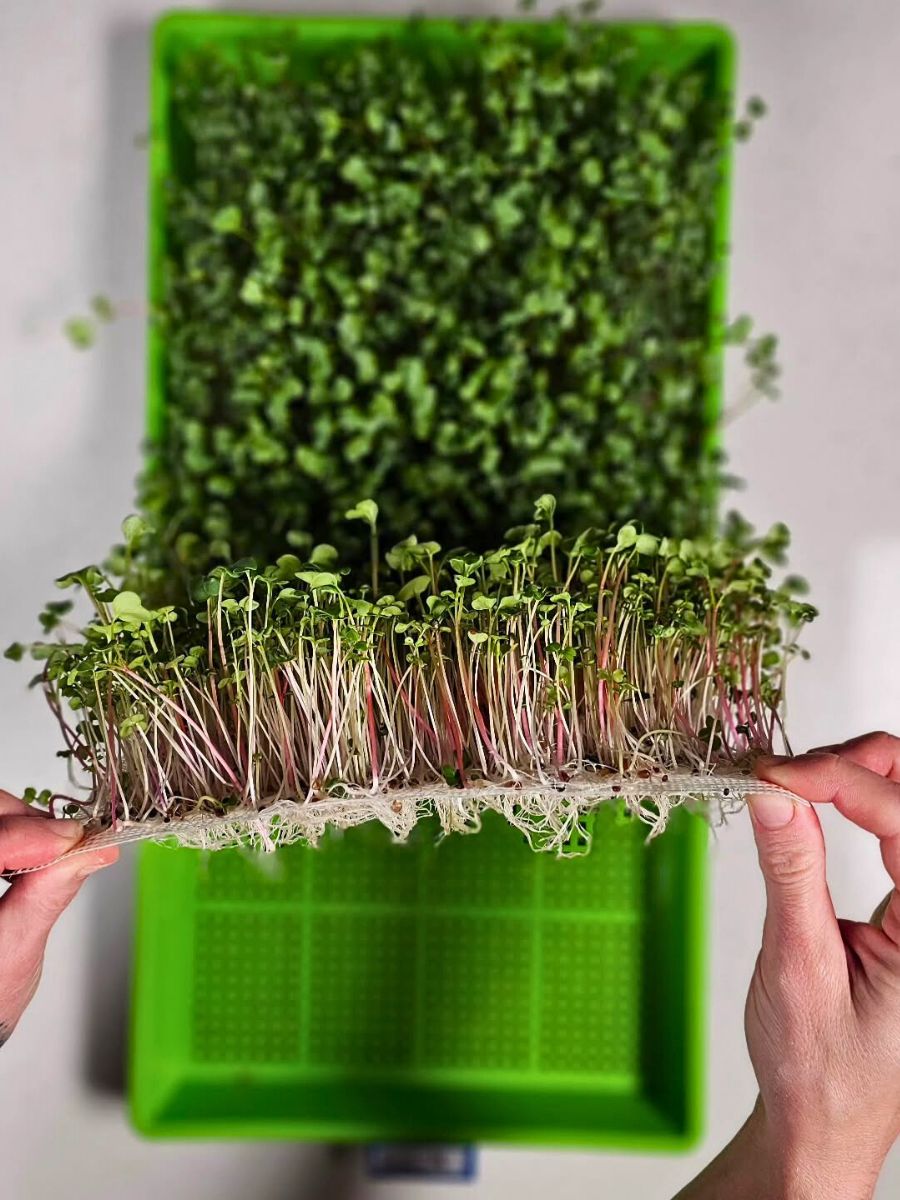
Growers face challenges in supply consistency and logistics for new substrates, but recognize the long-term benefits of compliance with tightening environmental standards and consumer preferences for sustainability.
Peat-Free Materials and Technologies to Optimize Sustainable Flower Production
Ongoing research aims to develop more novel peat-free materials and technologies to optimize sustainable flower production. Recycled materials, algae-based substrates, and regional agricultural by-products are under investigation to expand the renewable supply. Breeding programs also strive to develop floral varieties better adapted to the physical and chemical properties of peat alternatives, improving growth performance and yield.
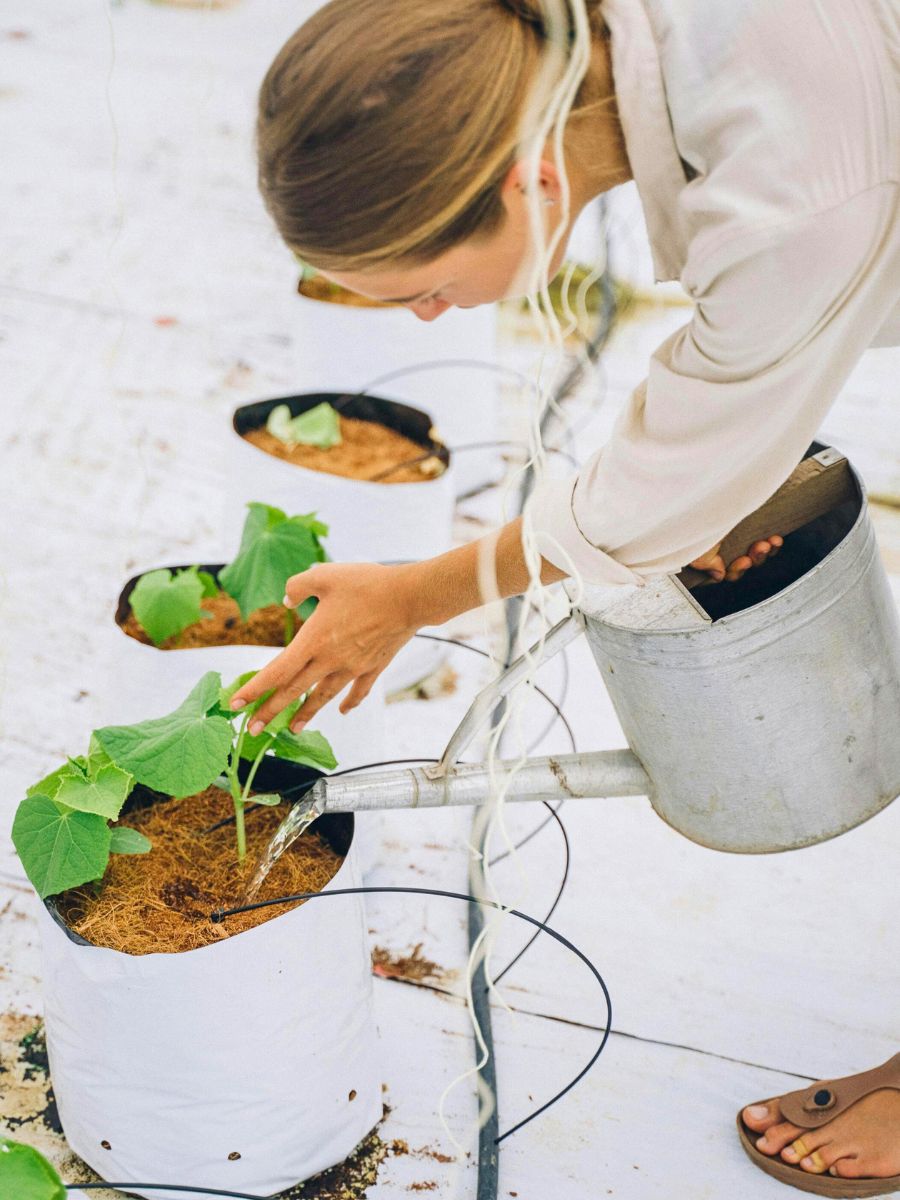
Precision growing technology, including automated irrigation and nutrient delivery linked to substrate moisture sensors, also enhances the management of diverse media types, reducing the risk of growth issues from substrate variability. All these innovations promise to accelerate the reduction of peat use in floriculture while maintaining or improving product quality and sustainability. Because, when healthy (and waterlogged), peatlands sequester carbon indefinitely.
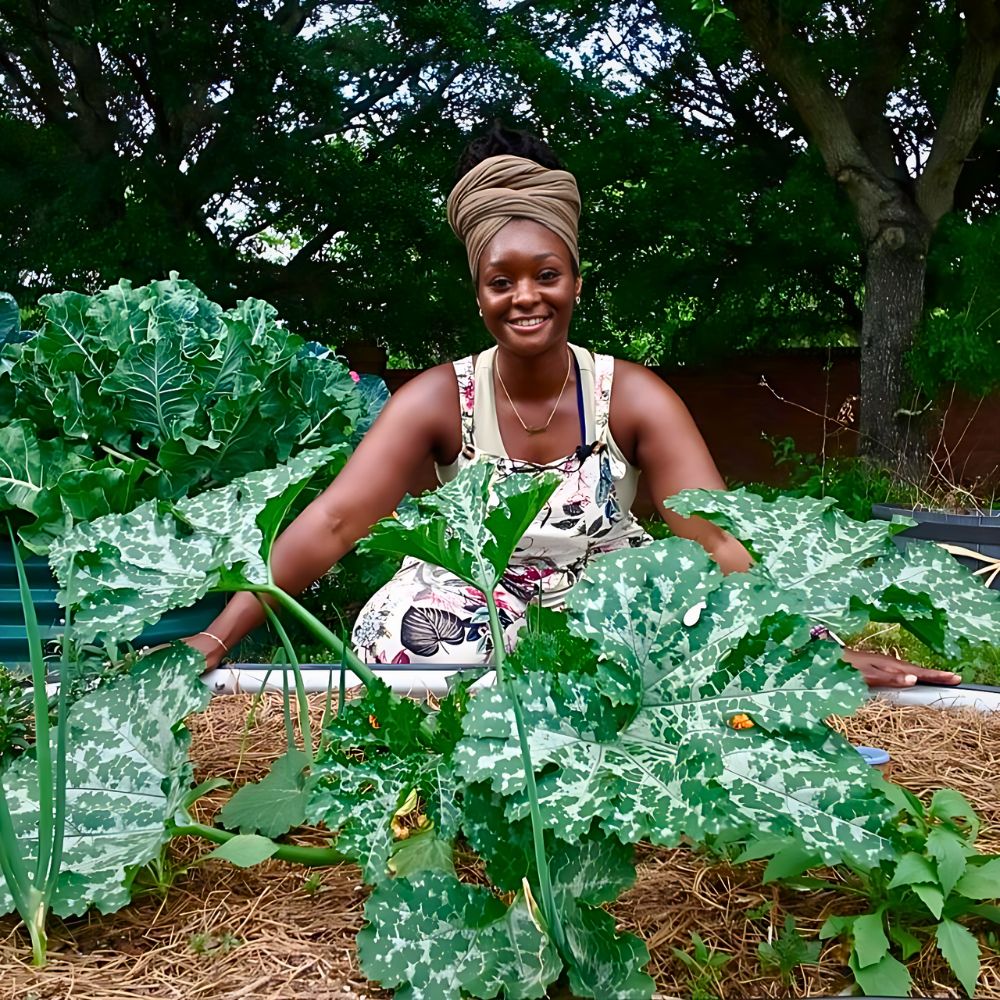
But when drained or degraded for cultivation purposes or industrial extraction, they become significant sources of greenhouse gas emissions, contributing to climate change. More than climate regulation, healthy peatlands filter water, mitigate flood risks, and provide unique habitats for specialized biodiversity.
Feature image by @pharmunique. Header image by Kindel Media.

